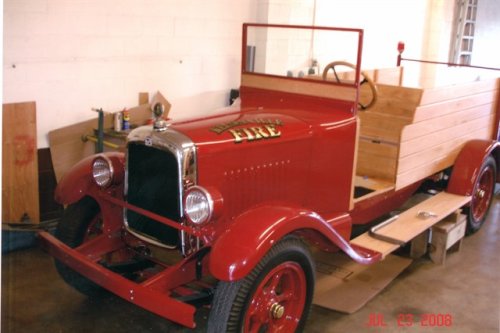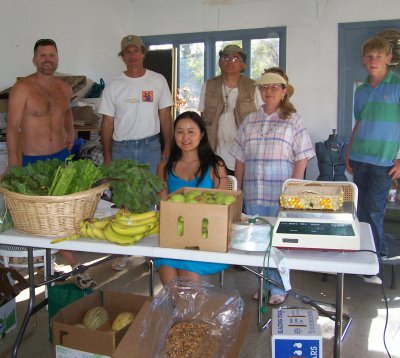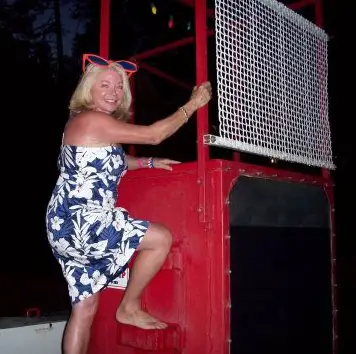- Editor
- Posted On
Kelseyville Fire restores antique fire truck

KELSEYVILLE – Around 1926, the Kelseyville School District purchased a small GMC school bus. Most of the buses, in those days, were built to hold 12 to 18 students. The school district used that bus until the late 1930’s
In the same time frame the Kelseyville Fire Department needed a fire engine. The department didn’t have a lot of money. The school district heard about the problem and wanted to help. In 1940 the two districts met and decided that the school district would donate the 1926 GMC to the fire department. The school bus could be cut down and made into a fire engine.
Kelseyville had a handy mechanic by the name of Seth Waite. Waite was a descendant of the Rickabaugh family. He worked at Norton Motors at the time and took on the job of converting the 1926 school bus into a fire engine. Being a craftsman, Waite was able to cut the frame and reweld it back together. To this day you can see the flawless seams that were welded by Seth Waite.
Fabrication complete, Kelseyville Fire Department had their new fire engine. The specifications were 1926 GMC chassis, Buick six-cylinder engine and 200 gallon water tank with a PTO water pump.
The engine was used for many years by the fire department. It was eventually either sold, given away or just parked. Those details are unclear.
In 1978 a group of Kelseyville Volunteer Firemen heard about the old fire engine and where it might be. After some investigation it was located at the Kelseyville Dry yard. How it got there is a mystery. Contact with Paul Mariani Corp. was made and an offer to purchase the old truck was made. Mariani didn’t want to sell the engine but offered to donate it to the volunteers. A stipulation was that some type of plaque be placed on the engine once restored. With that, Alvin Rentsch, Henry Eutenier, Gil Wells, Jim Marschall, Bill Merriman, Ken Wells and Jeff Row went to bring the engine home again.
Fore many years the interest in the engine kept up. A big problem was a place to store and work on the engine. Some work had been done but it had never come to full restoration. The engine is now housed in the bay of the old Kelseyville Fire Department building, adjacent to the new station. This location has made it convenient for restoration work to be done.
As with any project of this nature, funding is always a problem. On Nov. 27, 2007, Gilbert Leon “Gil” Wells passed away. Gil, a longtime Kelseyville resident, and one of the fire engine rescuers, was also a volunteer fireman for 17 years. In his memory, his family requested that donations be made to the “Kelseyville Fire Volunteer Fire Department Antique Fire Truck Restoration Project.” Numerous individuals have since made contributions to the Antique Fire Truck Restoration Project.
Early in 2008, former Kelseyville resident, Robert Seth “John” Waite passed away. He was raised in Kelseyville and was a graduate of Kelseyville High School. Seth Waite, the builder of the fire engine, was John’s father. When John Waite passed away, contributions were again made to the “Kelseyville Volunteer Fire Department antique Truck Restoration Project.”
These contributions have rekindled interest in the restoration of the fire engine. Kelseyville Fire Department employee Bill Merriman, as well as Myron Ferry and Milt Hodgkinson, have worked daily on the restoration. Schnabl’s Inc. has donated time and materials as well. Progress can be seen every day.
The target completion date is this month for the Pear Festival Parade.
Additional contributions are still needed to finish the restoration. Interested or curious? You are welcome to stop by the Kelseyville Fire Department to see the nearly completed antique fire engine restoration.
Contributions are welcome at the following address:
Kelseyville Volunteer Fire Department
Antique Fire Truck Restoration Project
P.O. Box 306
Kelseyville, Ca. 95451
Or
Kelseyville Fire Department
4020 Main Street
Kelseyville, Ca. 95451
You may also contact Bill Merriman at 279-4268 for more information.
{mos_sb_discuss:2}










